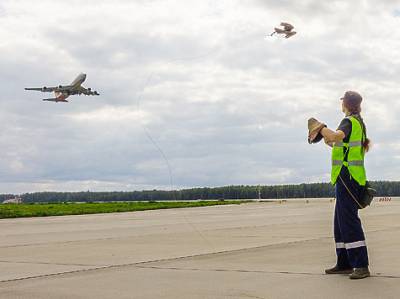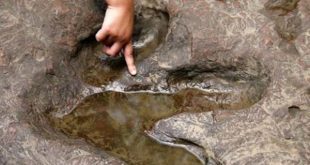 Scientists have discovered that wild animals suffer from a wide range of harm to their body.
Scientists have discovered that wild animals suffer from a wide range of harm to their body.
Biologists from the University of South Carolina in the US found out, what was the impact of ionizing radiation in the exclusion zones around Chernobyl and Fukushima-1 to the wild animals in their natural habitat. It turned out that the radiation helps reduce populations and the development of diseases such as cataract. Results published in the journal Science of The Total Environment on Tuesday, April 26.
According to scientists, the accident at the nuclear power plant in Chernobyl was a disaster for the environment and the organisms inhabiting it, but at the same time, she created a kind of natural radiological laboratory. Researchers have the opportunity to study the impact of ionizing radiation on animals living in the wild.
Earlier during the atomic bomb tests scientists have conducted such studies, assessing the impact of the Toxicological effects of radiation on living organisms, however, it was impossible to see how radiation affects ecosystems and populations of animals. Wild animals are to exist, must constantly search for food, and also to be able to fend for themselves, which makes them vulnerable to new stressors.
The work is meant began a study of the exclusion zone in Chernobyl in 2000, and in 2011 their field laboratory was expanded, when there was another area — the Japanese nuclear power plant Fukushima-1, where there was another radiation accident. Scientists have discovered that wild animals suffer from a wide range of harm to their body that occur even at low levels chronic exposure.
One of such effects is cataract. Even during the nuclear tests, the doctors noticed that people, exposed to light and radiation energy of the exploded bombs, tend to develop cataract. Similar symptoms biologists have found in birds and rodents with diseases of the eyes met more often and were more severe than in animals outside of exclusion zones. Scientists emphasize that cataract is a common consequence of chronic effects of radiation and developed, for example, pilots who fly at high altitude, or workers from radiological areas.
For the animals of the Chernobyl zone is also characterized by a decrease in the size of the brain, increased incidence of tumors, reduced fertility, and the incidence of malformations in birds. In addition, the background adverse radiological impact on the population of this animal. Scientists have noticed that populations of swallows were less in areas with more severe pollution, and they could be solved forever, if not for the migration of birds from other areas.
Radiation also impacts the oxidative processes in cells. Ionizing radiation is known to affect DNA, but it increases the amount of generated hydrogen peroxide. Hydrogen peroxide, in turn, alters the redox balance of the cells and affects many other biochemical processes.
Counteract oxidative stress by antioxidants, and this may explain why some populations are less susceptible to radiation than others. Species that are able to regulate the content of antioxidant substances in the cells, can use this as a defense against genetic damage.








